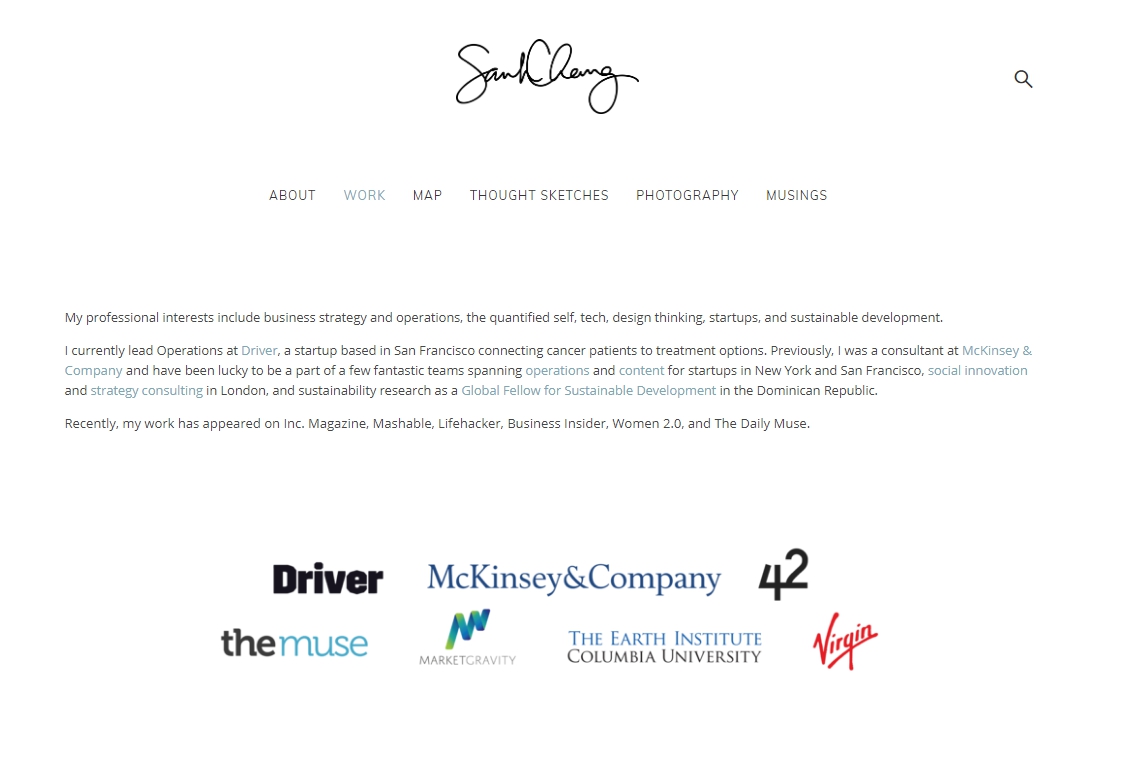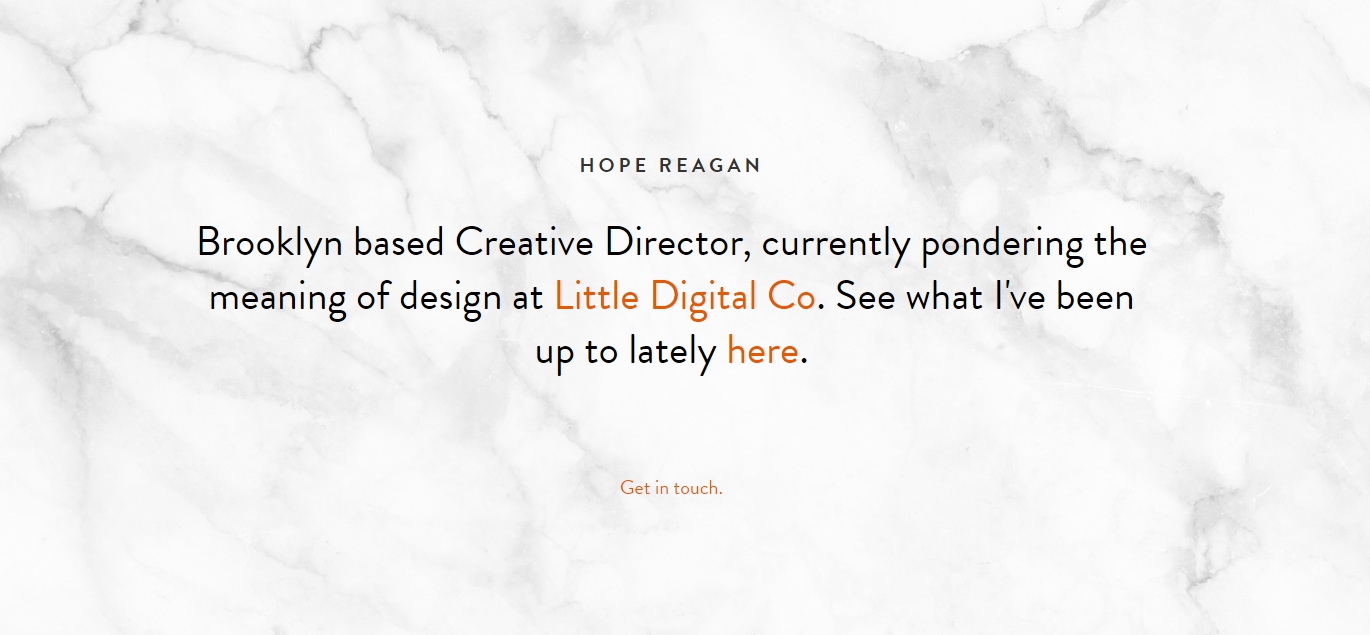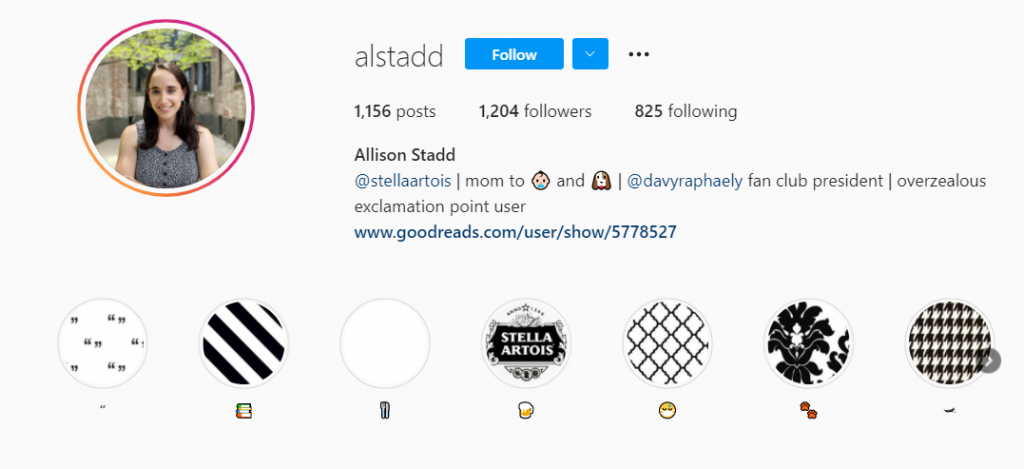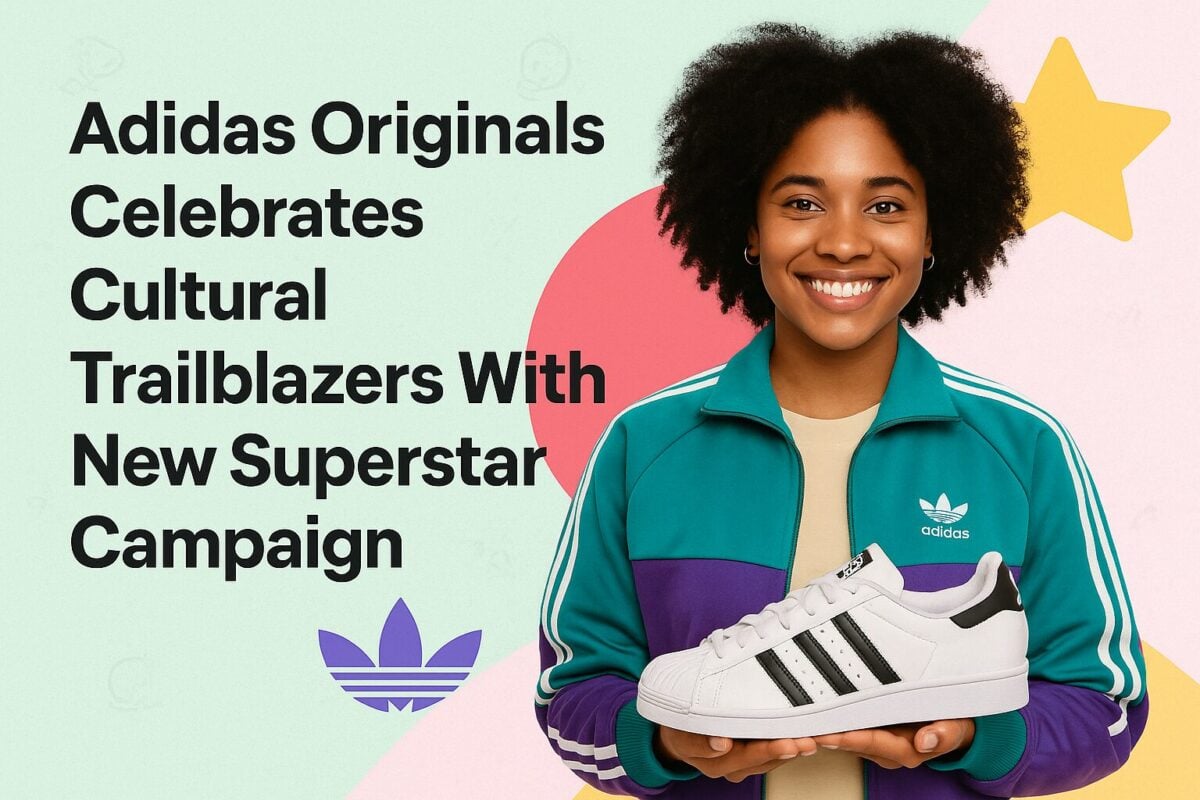You’ve probably come across some outstanding personal brands. Take people like Oprah and Ellen, for example. They have become household names. Apart from celebrities, you have probably also heard of people like Jeff Bullas and Rand Fishkin, who have managed to build exceptional brands for themselves.
But even if you’re not aiming to become a celebrity, an influencer, or an entrepreneur, having a personal branding is still an essential step to success. For example, it can set you apart from a pile of resumes. Or if you’re working with a business or organization, your personal brand can help bring more recognition for the company you’re working with.
Whatever the case may be, it’s clear that you need to effectively brand yourself to succeed. Let’s take a look at seven useful tips that can help you with that:
7 Personal Branding Tips To Build a Stronger Profile:
#1: Narrow Down on Your Specialty
If you’ve decided to build a personal brand, it’s clear that you already have some sort of skill or expertise. But you need to understand that there may be other people who have that same set of skills. For your personal brand to stand out, you need to identify what makes you even more unique. That means you need to go a little bit deeper.
For example, let’s say you’re a content developer. You may excel at what you do, but there are thousands of content developers who are equally good. So you need to dig deeper and narrow down on your specialty. For instance, maybe you’re particularly good at creating content for legal firms and are familiar with basic legal terms.
This could significantly set you apart as a content developer. And if any legal firm is considering your services, clearly defining your specialty increases your chances of being chosen over other content developers.
Lorrie Hartshorn, for instance, defines her specialty in B2B and website copywriting. And her services are for agencies and brands.

#2: Get Personal
Although you may be developing your personal brand for professional growth, it is still personal because it’s all about you. For it to really stand out, you need to infuse a lot of your individuality into it.
In addition to your expertise and specialties, you should also make a list of your personal interests, hobbies, and values. From this list, you can then pick which ones define you best as a person, and which ones will help you stand out.
This doesn’t have to be anything related to your expertise. Maybe you could talk about how you’re a huge fan of a certain TV show or a particular food that you can’t live without. Maybe you could use some of the adjectives people define you by such as an “obsessive organizer” or an “organized slob.” Or perhaps you could talk about your pet or your hobby in a one-liner.
The idea is to showcase that you are a real person with unique interests and values that make you different from other people in your field. It shows people that you are your own person aside from the work that you do. And it helps you build a more personal relationship with your audience. While other people in your niche may list only their skills and expertise, sharing your interests can make you more memorable.
Take Andrew McCarthy, for example. He’s a digital designer and developer and his website showcases tons of individuality. In addition to some basic details like what work he’s done and where he’s based, he includes a line about how he’d rather be skateboarding.

#3: Craft Your Brand Persona
Like every consumer brand needs a brand persona, you also need a personal brand persona. What you’ve highlighted about your specialties and your personality can help you develop this persona. You’ll need this persona to maintain a consistent personality across every communication channel.
Perhaps your personal brand persona is a fun and quirky graphic designer who is an environmental activist at heart. And aside from your work, you regularly start conversations on social media about eco-consciousness and environmental conservation.
While this doesn’t have much to do with your professional work, it shows that you are a person with unique values. This helps your personal brand gain more recognition with brands or clients who share the same value as yours. Perhaps you could even land a design gig with an eco-preservation group.
Red Russak of Apptentive, for instance, is an entrepreneur who knows a lot about sales and startups. But he also has nerdy interests, such as Star Trek. So he uses his Twitter profile not only to share Apptentive content and startup-related info but also to talk about his nerdy interests.
#4: Create a Compelling Bio
Now that you have all the basics in order, you can use the information to create a compelling bio to display on your site or to include in your media kit. You don’t have to get too detailed or go on and on about what you do or what you’ve done. Just start with a few sentences describing what you do and what you specialize in, as well as your interests and what makes you unique.
For example, your bio could be something like, “Hey, I’m Natalie. I develop content for small businesses and have built a social media presence for tons of restaurants and local stores. I’m a dog mom to a puggle named Penny and I love crafting in my free time.”
You don’t have to list all of the places you’ve worked or all of the people you’ve worked with. You can use a different section on your blog or website to showcase your portfolio and testimonials.
Take Sarah Chang, for example. Her homepage includes her brief bio in which she describes herself as an explorer and an aspiring ukulelist.
She has a different section on her site about her professional life. There, she talks in detail about where she’s worked, what she’s currently doing, and where she’s been published.

#5: Build Your Own Website/Blog
Now that you have developed your personal brand, you need somewhere to showcase it. And that means you need to build your own blog or website. There, you can showcase your expertise and personality through visuals and content.
Your “about me” section can contain your bio and headshot. And you can create separate pages for your portfolio as mentioned earlier. You can either have a separate testimonial page or showcase it on your homepage.
It’s crucial that your website design or blog theme remains consistent with the personal brand you’ve built. This is to ensure that you can establish your brand in the minds of your audience, not just through text content but through visuals as well.
Hope Regan’s website says a lot about her as a person and as a professional. Her website design is simple and so is her content. It’s easy to tell that simplicity and practicality are the core of her personal brand.

#6: Optimise Your Social Profiles
Just like your website or blog, your social media profiles are a great place for you to establish and grow your personal brand. There’s a good chance that anyone who’s considering working with you or for you is going to conduct a search for you online. And they’re likely going to check out your social media profile and activity.
So it’s crucial that you optimize your social profiles and that they are consistent with your personal brand. It’ll also help you gain visibility among people who are conducting searches for people with your expertise or interests on each platform. This can be a great way to network and expand your reach.
To optimise your social media profiles, you need to use a few keywords from the bio you’ve written earlier. Since social media bios have limited character counts, you’ll need to make them as clear and concise as possible without losing the uniqueness.
For example, based on the bio showcased earlier, you can write a social media bio like, “Small business content developer, social media marketer, dog mom, crafts enthusiast.”
You need to make it fun and captivating instead of being overly professional, unless that’s a part of your personal brand.
Take for example the social media profiles of Allison Stadd, who heads the brand and marketing team at Bark. Her Twitter bio gives a short description of her professional role, but then she makes it fun by describing herself as a “Philly transplant” and a “cockapoo mom.”
Similarly, on Instagram, she keeps her bio short with her base and her professional role. She makes it fun by describing herself as an alumnus of restaurant chains. She then calls herself a “mom to” and tags the profile of her dog, Franklin, a cockapoo.

Source: instagram.com
#7: Start Networking
After you have all of these aspects in place, you can gradually start networking with your peers to gain more visibility in your niche. Networking could involve commenting on their blog posts with questions and appreciation. It could involve sharing their blog posts on social media and tagging them to show how much you like them.
You could also follow them on social media and comment on their posts with relevant opinions and questions. Eventually, you may be able to build enough clout to start contributing to their blogs and tap into their audiences. Aside from the online aspect, you can also network offline at local events and industry events.
Conclusion
These are seven of the best tips you should follow for effective personal branding. It is a lengthy and continuous process, so make sure you set out with a lot of determination and patience. So even if things don’t work out instantly, you can keep persisting instead of giving up. Start implementing these ideas now to build a prominent personal brand.



